O Bitcoin evoluiu de um pequeno experimento em moeda digital para um fenômeno financeiro global . No centro desse sistema está a mineração , onde computadores competem para confirmar transações e proteger a rede. Em troca, os mineradores recebem Bitcoin como recompensa. Para muitos iniciantes, a mineração é como ganhar Bitcoin diretamente, em vez de comprá-lo por meio de uma corretora.
Mas a mineração hoje é muito diferente dos primeiros anos. Em 2009, qualquer pessoa com um laptop podia minerar com sucesso. À medida que mais pessoas se juntavam, os quebra-cabeças se tornavam mais difíceis e a competição aumentava. Agora, apenas hardware especializado conhecido como mineradores ASIC (Circuitos Integrados Específicos de Aplicação) consegue acompanhar. Essas máquinas são potentes, eficientes e a ferramenta padrão usada por profissionais.
Este blog guiará você por tudo o que você precisa saber sobre mineração de Bitcoin em 2025 – desde entender os princípios básicos, escolher o ASIC certo, configurar seu ambiente de mineração e conectar-se a pools, até manter sua máquina para lucratividade a longo prazo.
Compreendendo os princípios básicos da mineração de Bitcoin
O que é mineração de Bitcoin?
A mineração de Bitcoin é o processo de confirmar transações e adicioná-las ao blockchain, o livro-razão público digital do Bitcoin. Sem mineradores, o Bitcoin não seria seguro, pois não haveria ninguém para verificar as transações ou protegê-lo contra fraudes.
Como funciona o Blockchain
O blockchain é como um livro-razão digital que registra todas as transações de Bitcoin. As transações são agrupadas em blocos, e cada bloco é vinculado ao anterior, criando uma cadeia. Para adicionar um novo bloco, os mineradores competem para resolver um quebra-cabeça de Prova de Trabalho (PoW) . O primeiro a resolvê-lo ganha o direito de adicionar o bloco.
Recompensas para mineradores
Quando um minerador minera um bloco com sucesso, ele recebe:
-
A recompensa do bloco (atualmente 3,125 BTC , reduzindo pela metade a cada ~4 anos).
-
As taxas de transação desse bloco.
Ajuste de dificuldade
A cada duas semanas, a rede Bitcoin verifica a velocidade de mineração dos blocos. Se for muito rápido, a dificuldade aumenta; se for muito lento, diminui. Isso garante que os tempos de mineração dos blocos permaneçam em torno de ~10 minutos.
Por que é necessário hardware especializado
No início, as CPUs eram suficientes, posteriormente substituídas por GPUs. Mas, à medida que a dificuldade de mineração aumentou exponencialmente, as GPUs se tornaram ineficientes. Os mineradores ASIC foram projetados especificamente para o algoritmo SHA-256 do Bitcoin. Eles:
-
Fornece milhares de vezes mais hashrate do que CPUs ou GPUs.
-
Use menos eletricidade por unidade de trabalho .
-
São duráveis e projetados para operação 24 horas por dia, 7 dias por semana.
Hoje em dia, minerar Bitcoin com qualquer coisa que não seja um ASIC é como tentar vencer uma corrida de Fórmula 1 com uma bicicleta.
Escolhendo o minerador ASIC certo para iniciantes

Principais fatores a considerar
-
Hashrate : Velocidade do minerador, medida em TH/s. Maior hashrate = mais chances de ganhar recompensas.
-
Consumo de energia : consumo de eletricidade em watts. A eficiência é medida em J/TH (joules por terahash).
-
Preço : varia de algumas centenas de dólares (modelos mais antigos) a milhares (modelos mais recentes).
ASICs populares para iniciantes (2024–2025)
-
Bitmain Antminer S21 – ~200 TH/s, eficiência de ~17,5 J/TH.
-
Canaan Avalon Q – ~90 TH/s, confiável e estável.
-
Fluminer T3 – Opção econômica para configurações menores.
ASICs novos vs. usados
-
Novo: Mais caro, mas vem com garantia e melhor eficiência.
-
Usado: Mais barato, mas pode ser menos confiável e estar próximo do fim da vida útil. Sempre verifique a reputação do vendedor.
Dica: Iniciantes devem equilibrar custo, preço da eletricidade e objetivos antes de investir.
O que você precisa antes de configurar um minerador ASIC

-
Fonte de alimentação estável – Alguns mineradores consomem mais de 3.000 watts. Certifique-se de que sua casa ou armazém tenha capacidade para isso.
-
Internet confiável – a melhor opção é uma conexão Ethernet. O Wi-Fi pode cair inesperadamente.
-
Refrigeração e Ventilação – ASICs esquentam muito. Planeje o fluxo de ar, dutos de ventilação ou até mesmo ar condicionado.
-
Controle de Ruído – ASICs são muito barulhentos (70–90 dB). Evite colocá-los em ambientes residenciais.
-
Carteira Bitcoin – Carteiras de hardware são mais seguras; carteiras móveis ou de desktop também funcionam.
-
Orçamento e segurança – Calcule os custos de eletricidade e use proteção contra surtos para evitar acidentes.
Passo a passo: Configurando seu minerador ASIC

-
Desembalagem e inspeção – Verifique se há danos durante o transporte.
-
Encontrando o local certo – Garagem, porão ou sala de mineração ventilada.
-
Conexão da fonte de alimentação – Conecte em uma tomada elétrica segura com proteção contra surtos.
-
Configurando a Internet – Conecte via cabo Ethernet.
-
Acessando o Painel do Minerador – Encontre o IP do minerador, faça login pelo navegador e insira as credenciais.
-
Inserindo informações do pool de mineração – Adicione URL do pool, nome do trabalhador e senha.
-
Monitoramento de desempenho – observe a taxa de hash, a velocidade do ventilador e as temperaturas.
Conectando seu minerador a um pool de mineração
Por que você precisa de uma piscina
Minerar sozinho é quase impossível hoje em dia. Os pools permitem que os mineradores combinem recursos para obter recompensas estáveis.
Escolhendo uma piscina
-
Reputação: escolha nomes confiáveis.
-
Taxas: Geralmente de 1 a 3%.
-
Métodos de pagamento: PPS (consistente) vs. PPLNS (baseado na sorte).
-
Localização do servidor: Mais próximo = menor latência.
Pools populares: F2Pool, Antpool, Slush Pool, ViaBTC.
Processo de configuração
-
Registre-se em um site de piscina.
-
Copie a URL do servidor e os detalhes do trabalhador.
-
Insira-os no painel do seu minerador.
-
Verifique a conexão e monitore os pagamentos.
Manutenção e otimização do seu minerador ASIC

-
Mantenha limpo: remova a poeira com ar comprimido.
-
Monitore as temperaturas: mantenha abaixo de 80°C para maior durabilidade.
-
Atualizar firmware: instale atualizações do fabricante para maior eficiência.
-
Otimize o uso de energia: explore fora dos horários de pico de energia, se possível.
-
Monitoramento remoto: use aplicativos para verificar o tempo de atividade, a taxa de hash e os erros.
Considerações sobre lucratividade
A lucratividade depende de:
-
Custo de eletricidade: sua maior despesa contínua.
-
Taxa de hash e eficiência: TH/s mais altos com J/TH mais baixo = mais lucrativo.
-
Preço do Bitcoin: A mineração se torna mais lucrativa se o BTC subir.
-
Dificuldade e reduções pela metade: as recompensas são reduzidas pela metade a cada ~4 anos; próxima redução pela metade em 2028.
Fórmula de lucratividade:
Exemplo: Se o seu ASIC usa 3.000 W (3 kW) e funciona 24 horas:
-
Potência utilizada por dia = 72 kWh.
-
A US$ 0,10/kWh = US$ 7,20/dia de custo de eletricidade.
-
Se seu minerador gerar US$ 10/dia em BTC → Lucro = US$ 2,80/dia.
Conclusão
Configurar seu primeiro minerador ASIC pode parecer complicado, mas depois de entender o básico, fica fácil. O passo mais importante é escolher o minerador certo com base no seu orçamento e custos de eletricidade. Em seguida, conecte-o a um pool de mineração para obter ganhos estáveis e mantenha-o limpo, refrigerado e atualizado para um desempenho duradouro.
A mineração de Bitcoin é competitiva e está em constante evolução, mas com o planejamento certo, pode ser recompensadora. Seguindo este guia, você estará preparado para se juntar à comunidade global que protege e impulsiona o Bitcoin – a primeira moeda descentralizada do mundo.



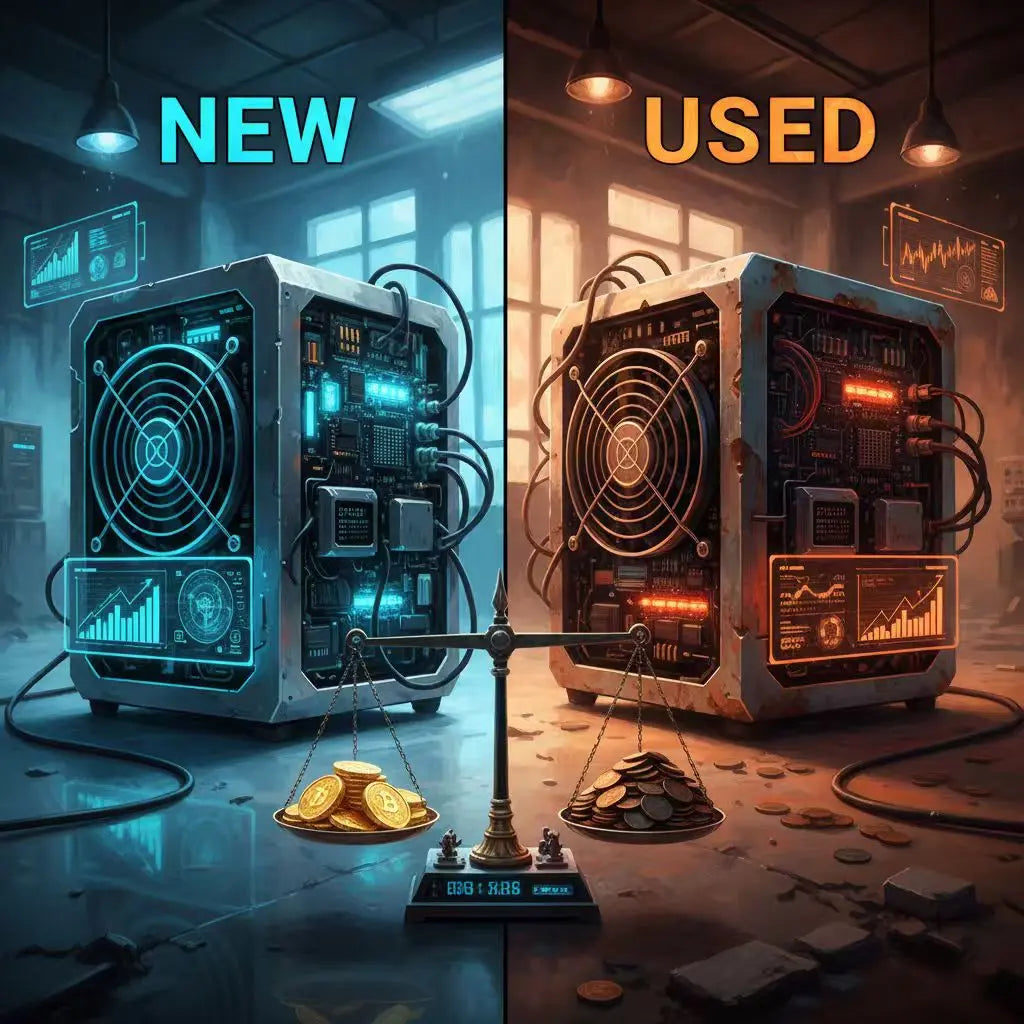

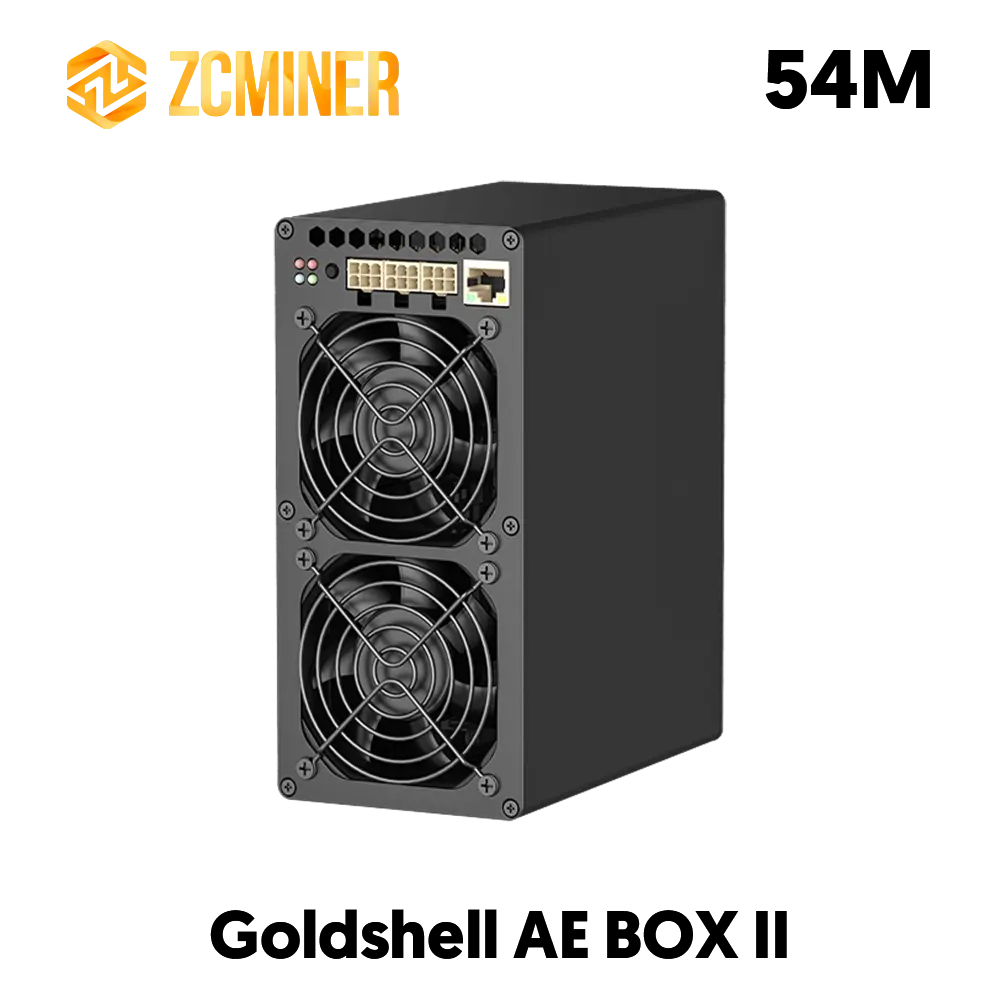
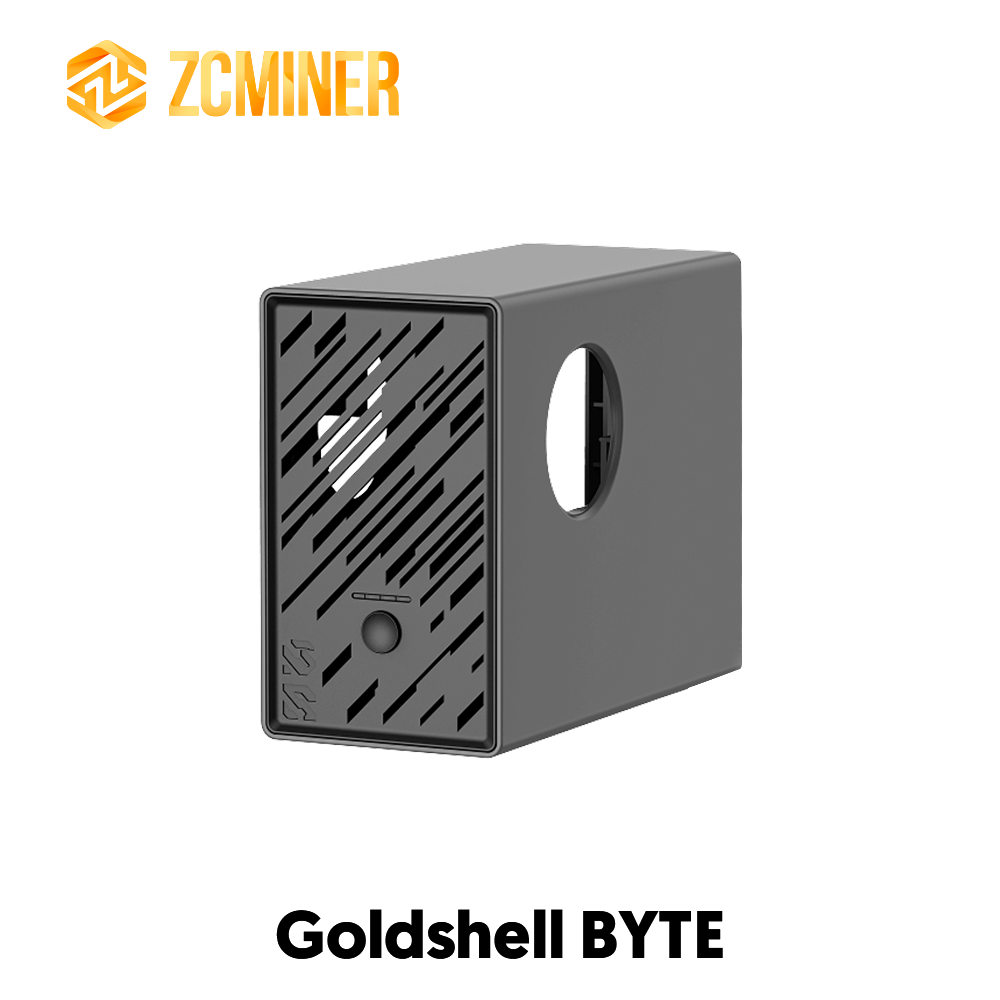
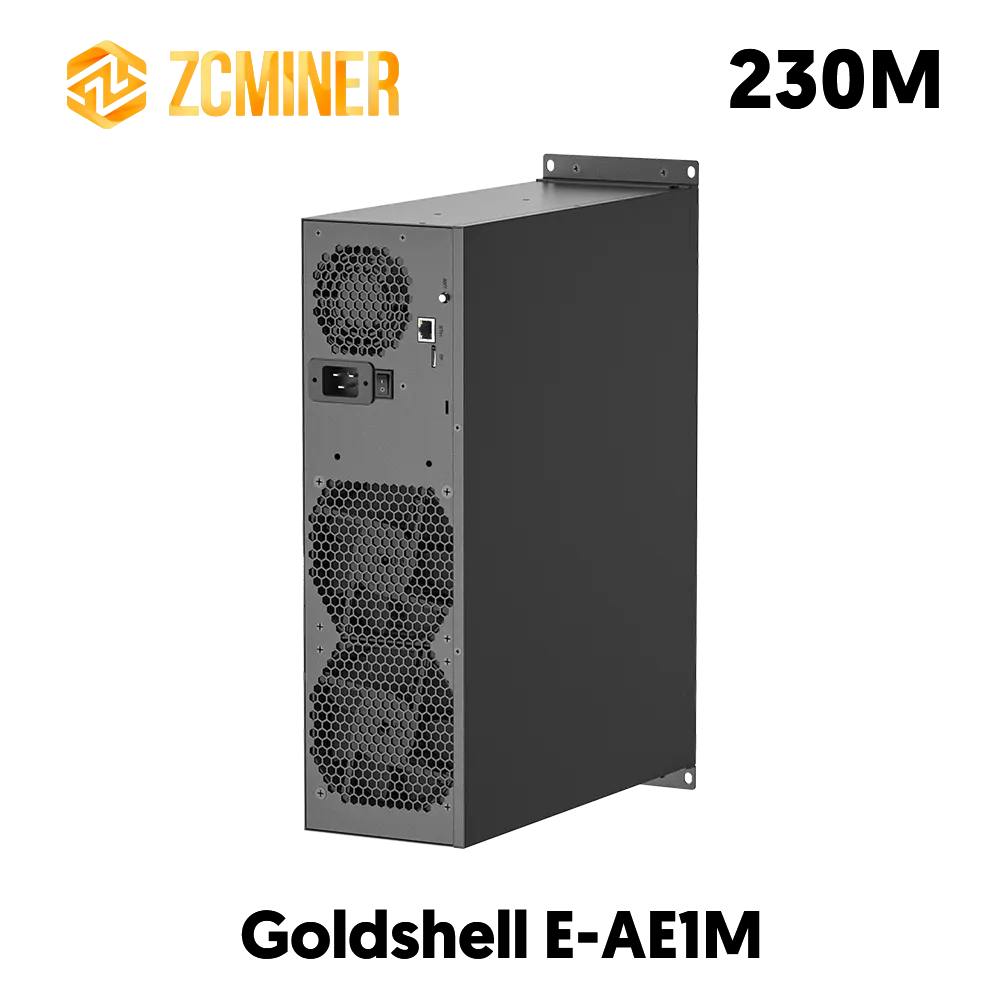
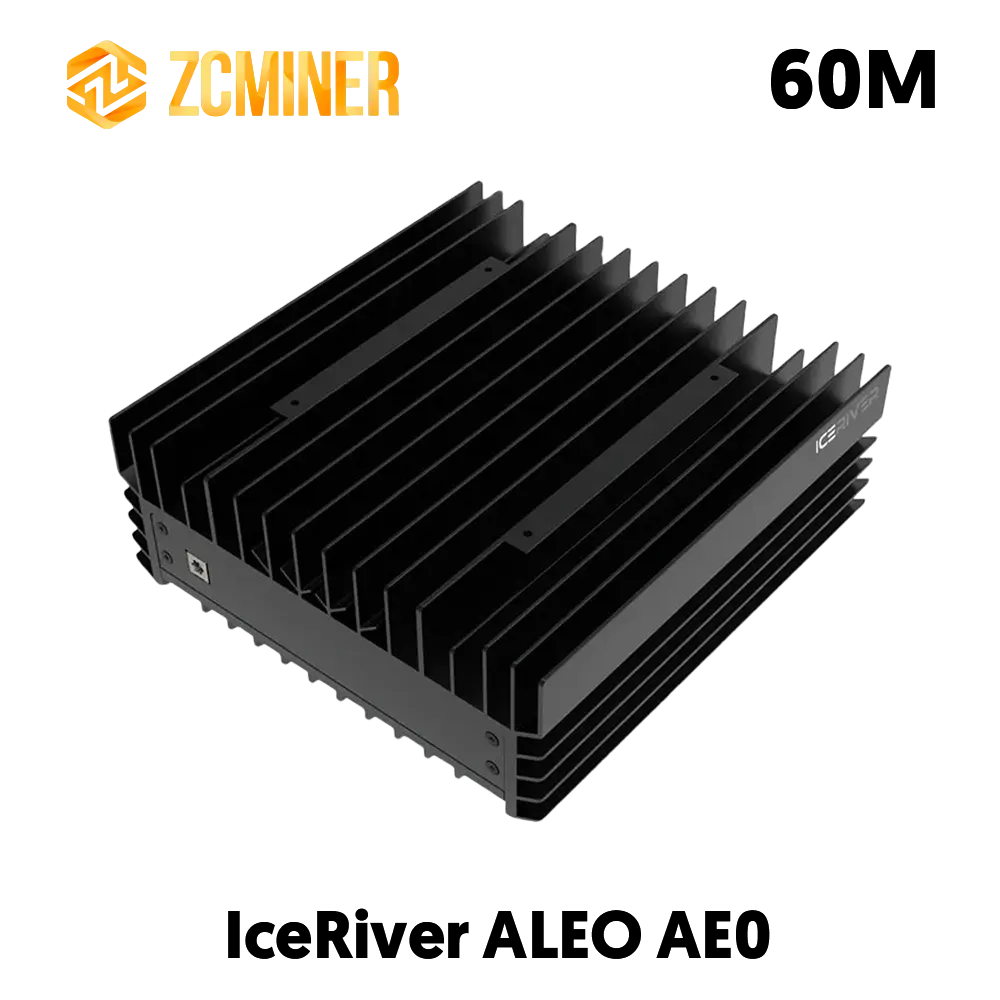


Deixar comentário
Este site é protegido por hCaptcha e a Política de privacidade e os Termos de serviço do hCaptcha se aplicam.